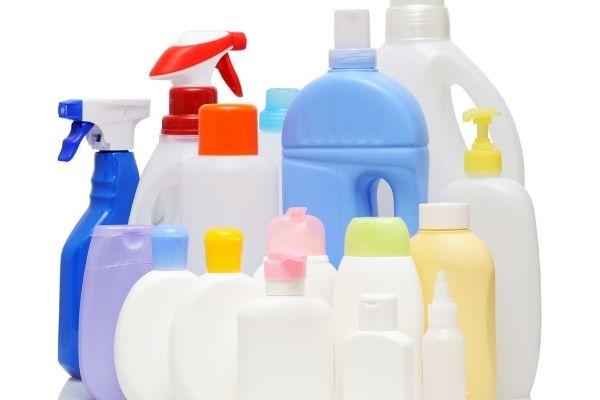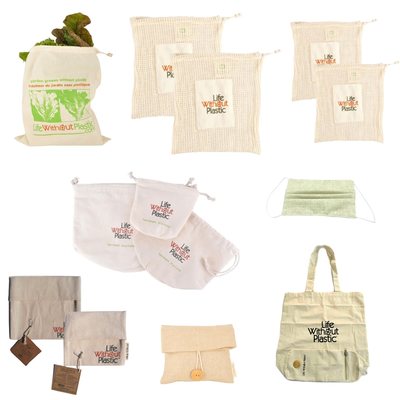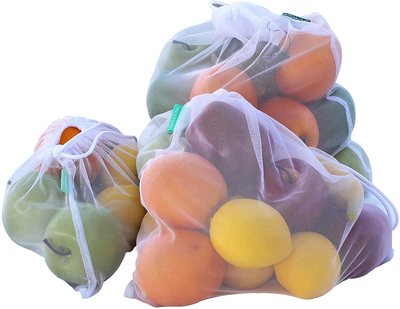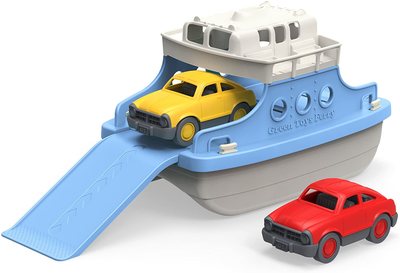As we’ve discussed in previous articles, getting to know the plastic numbering system is an excellent way to learn how to become a better recycler. It helps you learn common plastic types. In this piece, we’re focusing on high-density Polyethylene (HDPE), a very durable, robust, and widely used plastic. You can identify it by the plastic number #2 symbol, a 2 inside the chasing arrows.
HDPE is relatively easy to recycle and is accepted at most recycling centers. It’s also made into many different recycled products, like kid’s and dog’s toys.
Learn more about all the plastic numbers here: Plastic by Numbers
Want to know how to reduce first? Why not check out reduce reuse recycle, ways to get you thinking.
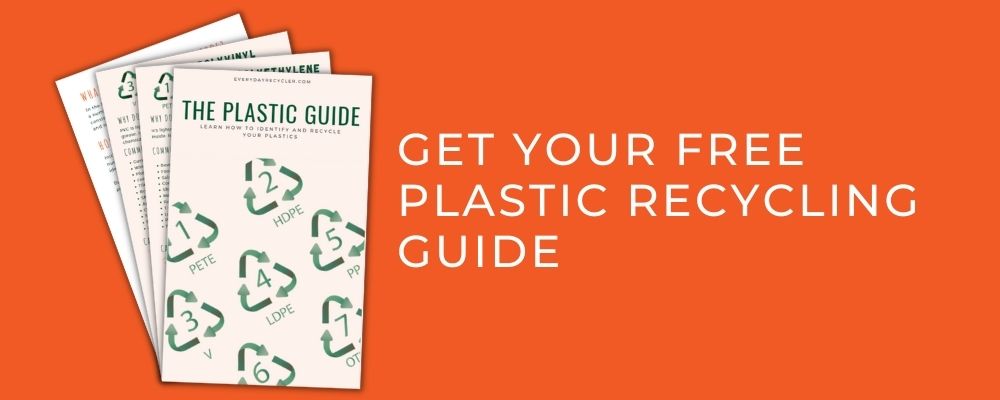
HDPE was jointly discovered in the 1930s with LDPE but did not take off until the 1950s, as with most plastics. It is now one of the most common plastics, so knowing how to identify it and recycle it will help make sure it gets reused as much as possible.
You can find HDPE in both rigid and soft plastic forms. It’s used in everyday items like milk and ice cream containers, shampoo and conditioner bottles, detergent bottles, and kid’s toys. As a soft plastic HDPE is found in freezer bags, plastic bags, and other plastic food packaging. You might even find your reusable shopping bags are made from HDPE.
Did you know: Polyethylene was an essential material during World War II. It was used to protect underwater cabling and as a critical insulating material for radar on airplanes.
Why Do We Use HDPE Plastic?
High-density Polyethylene is a thermoplastic amde up of ethylene monomers. Once formed, the polymers line up in a regular pattern, making them dense and strong. Read our article what is plastic to learn more.
Like PET, the properties of HDPE make it a useful material. These include:
- HDPE is stiff, durable, and strong.
- HDPE has good chemical resistance meaning it will not react with foods, beverages, or household chemicals being stored.
- It’s lightweight and easily molded into any shape.
- Although HDPE is not clear like PET, it can still be translucent, making it possible to see what’s inside.
- HDPE plastic is hard-wearing and does not break down under exposure to sunlight.
- It can withstand more extreme temperatures than PET, both hot and cold.
- HDPE can be reused and recycled.

Common Items Made From HDPE
HDPE can be found in rigid and soft items. Some common uses of Plastic number 2 include:
Rigid items
- Milk, water, and juice bottles
- Shampoo, soap, conditioner bottles, and other personnel care products
- Household cleaners and detergents.
- Agricultural pipe
- Kids toys
- Plastic wood composites
- Wire and cable covers
- Outdoor furniture
- Hard hats
- Fuel tanks and motor oil containers

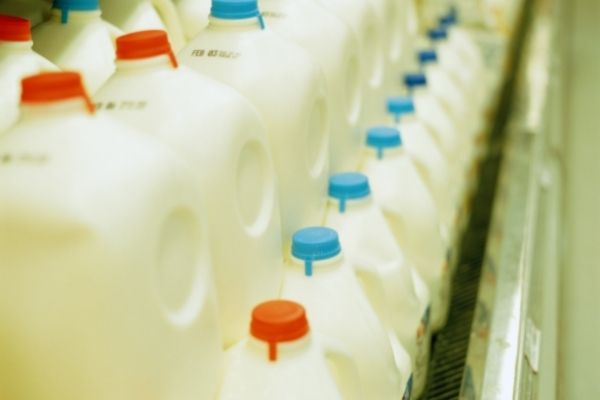
Flexible Items or Soft Plastics
- Grocery bags/ shopping bags
- Cereal box liners
- Bread bags
- Garbage bags
- Plastic mailing envelopes
- Commercial packaging
- Freezer bags
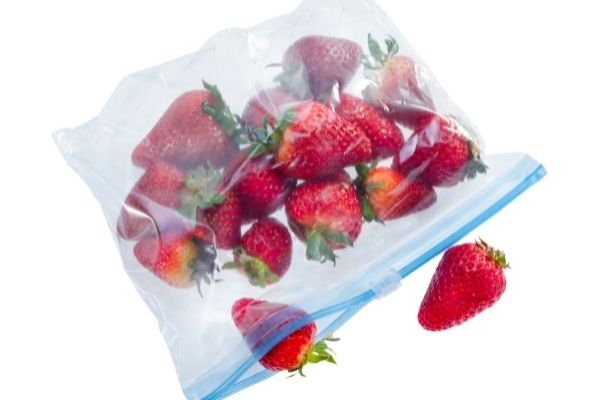
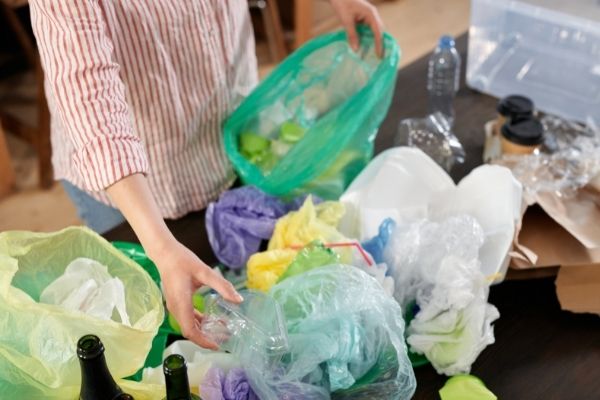
HDPE also has industrial applications. Some noteworthy examples include electrical insulation and automotive parts. Polyethylene is also the preferred material for electrical insulation, and both HDPE and LDPE are used for this purpose.
In the automatic industry, HDPE is used to make fuel tanks and car body parts because it’s lightweight and easily molded into different shapes.
Ways to Reduce and Reuse HDPE Plastic
As with other plastics, the best way to reduce your use of HDPE plastic or plastic number 2 is to minimize the number of products you use. Here are some ideas:
- Take your reusable grocery bags when you go shopping. Although these may be made of HDPE, reuse them as much as possible and recycle them when finished. We provide some handy tips in soft plastic recycling.
This starter kit is a great way to set you up with everything you need to start shopping plastic-free.
These reusable produce bags are a great way to reduce your impact. Plus they are made from recycled plastic bottles.
- Use soap and shampoo bars instead of bottles.
- Reduce your use of other detergents and cleansers by buying concentrated cleaners or make your own cleaners.
- Making your own sauces and condiments is a good healthy way to reduce your use of HDPE bottles and containers. Bonus? You can also recycled the glass jars you have been hoarding in your cupboard.
- Cutting down your food waste and composting will also help you use fewer bin liners or garbage bags. Or swap to biodegradable liners.
- Grab reusable containers if you need to freeze food.
Can HDPE Plastic Be Recycled?
Yes, you can recycle HDPE plastic.
Like PET, almost all curbside pickup programs will accept HDPE. But they only accept rigid HDPE like bottles and containers.
It’s important not to put plastic bags or any soft HDPE plastics into your curbside recycling bin.
First, do the scrunch test. If the item can be scrunched up, then it falls under the soft plastic category. If it bounces back into its shape, it’s rigid.
How to Recycle HDPE Rigid Plastics:
- Look for the plastic number 2 code on the item, usually on the bottom.
- Clean excess food or drain out any liquid.
- Place the item in your curbside recycling bin or take it to a container deposit depot.
- Do not put soft HDPE plastics into your recycling bin.
How to Recycle HDPE Soft Plastic:
You can also recycle HDPE soft plastics, just not in your curbside bin.
- Collect your plastic bags and soft plastics.
- Make sure all food scraps are removed and the plastic is dry.
- Remove any receipts or other items.
- Next, take the plastic bag full of the soft plastics to your local drop off-center. Refer soft plastic recycling to help find your nearest recycling location.
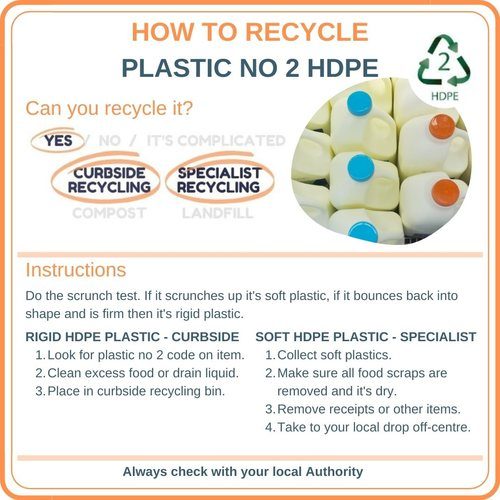
What Can Recycled HDPE be made into?
Many different products use recycled HDPE, including:
- Plastic crates, lumber, decking, and fencing
- Furniture
- Piping
- Floor tiles
- Buckets and crates
- Flowerpots and garden edging.
- Plastic rubbish bins, compost bins, and recycling bins
- Kid’s toys
Ferry Boat with Mini Cars Bathtub Toy
This fabulous bathtub toy is safe and durable for indoor and outdoor play. It’s made in the USA from 100% recycled plastic and is free of BPA, phthalates, PVC, and other external coatings. Plus, it’s dishwasher safe.
Recycled Outdoor Furniture
This outdoor furniture is made using a proprietary blend of plastics, including HDPE (High-Density Polyethylene) from landfill-bound and ocean-bound plastics. They recycle nearly 400,000 plastic containers per day in their in-house recycling facility.
What Happens When HDPE is not recycled?
As with PET, the properties that make HDPE plastic attractive for so many applications also lead to unrecycled HDPE taking a very long time to decompose in the environment.
Fortunately, HDPE is straightforward to recycle and can be used to make many different items. It has taken a lot of energy to get the HDPE into your hands as a bottle or a bag.
Recycling your HDPE not only keeps it out of landfills but also helps save energy and reduce the need for extracting virgin materials.
The EPA reports recycling ten plastic bottles can save enough energy to power a laptop computer for 24 hours. It is true that currently, many of these materials may only be recycled a few times and are often downcycled into decking, garden materials, or rubbish bins.
But things are changing. The more interest we all take in recycling and buying products made from recycled materials, the more investment will go into improving recycling processes.
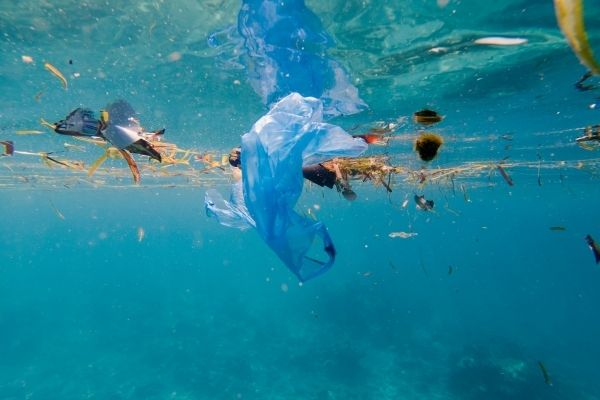
Summary
HDPE is a common plastic found in our kitchens, bathrooms, and even our kid’s playroom. Its chemical resistance, strength, and durability make it useful for many needs around our homes, communities, and industry. You can identify it in its rigid form by looking for the plastic number #2 symbol with a 2 in the chasing arrows.
HDPE is easy to recycle and can be made into many different products. In the rigid form, it will most likely be accepted by your curbside recycling service.
Be sure to clean out any food from your containers and place them in your recycling bin. If you don’t have a curbside recycling pickup program, check if there’s a container deposit depot nearby.
The flexible type of HDPE can also be recycled but make sure you do not put it in your curbside bin. Refer to our exclusive article recycling plastic bags and soft plastics for more information on recycling this type of HDPE plastic.
Learn about the other Plastic numbers here:
- David Irvine, 2017, HDPE bottles vs PET bottles, raepak.com
- Updated in 2018, High Density Polyethylene (HDPE): So Popular, plasticsmakeitpossible.com
- Updated in 2018,Highlights of Low-Density Polyethylene, plasticsmakeitpossible.com
- 2019, What’s the difference between LDPE and HDPE?, essentracomponents.com
- 2020, All About HDPE Recycling: What Is HDPE, Benefits, How to Recycle & More, aaapolymer.com


